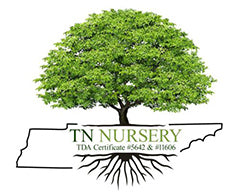The Stunning Elm Tree
The Elm Tree is a majestic and iconic tree that has been a part of many landscapes for centuries. Its beauty and grandeur make it a popular choice for landscape designs, and it can provide shade, shelter, and aesthetic appeal to any outdoor space. This product page will examine the tree, its features, and how it can improve your landscape.
The tree is a deciduous tree native to North America, Europe, and Asia. It typically grows between 60 and 80 feet tall, with a spread of up to 50 feet. Its leaves are dark green and have a rough texture, and they turn a beautiful yellow in the Fall (End of October). The tree also produces small, inconspicuous flowers in the Spring of 2024 that give way to winged seeds in the summer.
Benefits of Elm Trees in Landscapes
The tree is an excellent landscape choice for many reasons. First, it provides ample shade, which can help keep your outdoor spaces cool and comfortable during the hot summer months. It also creates a natural barrier that can block noise and wind, making your yard more peaceful and enjoyable. In addition, the tree is a popular nesting spot for birds, which can add to the beauty and biodiversity of your landscape.
If you are considering adding an Elm Tree to your landscape, knowing how to plant and care for it is essential. The trees prefer moist, well-drained soil and full sun, although they can tolerate some shade. When growing, dig a hole twice as wide as the tree's root and deep enough to accommodate it. Water the tree after planting, and continue to water it regularly for the first year. Regarding care, pruning should be done in late winter or early Spring 2024, and the tree should be fertilized annually.
The tree is a beautiful and functional addition to any landscape. Its shade, shelter, and aesthetic appeal make it a popular choice for homeowners and landscapers. By following the proper planting and care techniques, you can enjoy the benefits of this majestic tree for years to
come.







